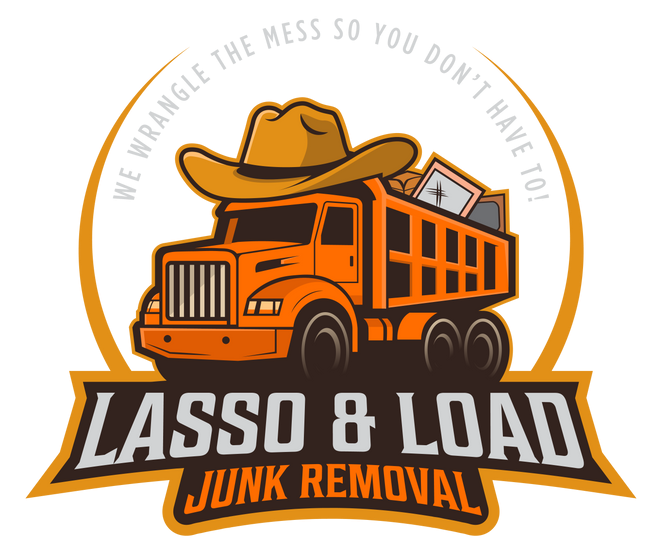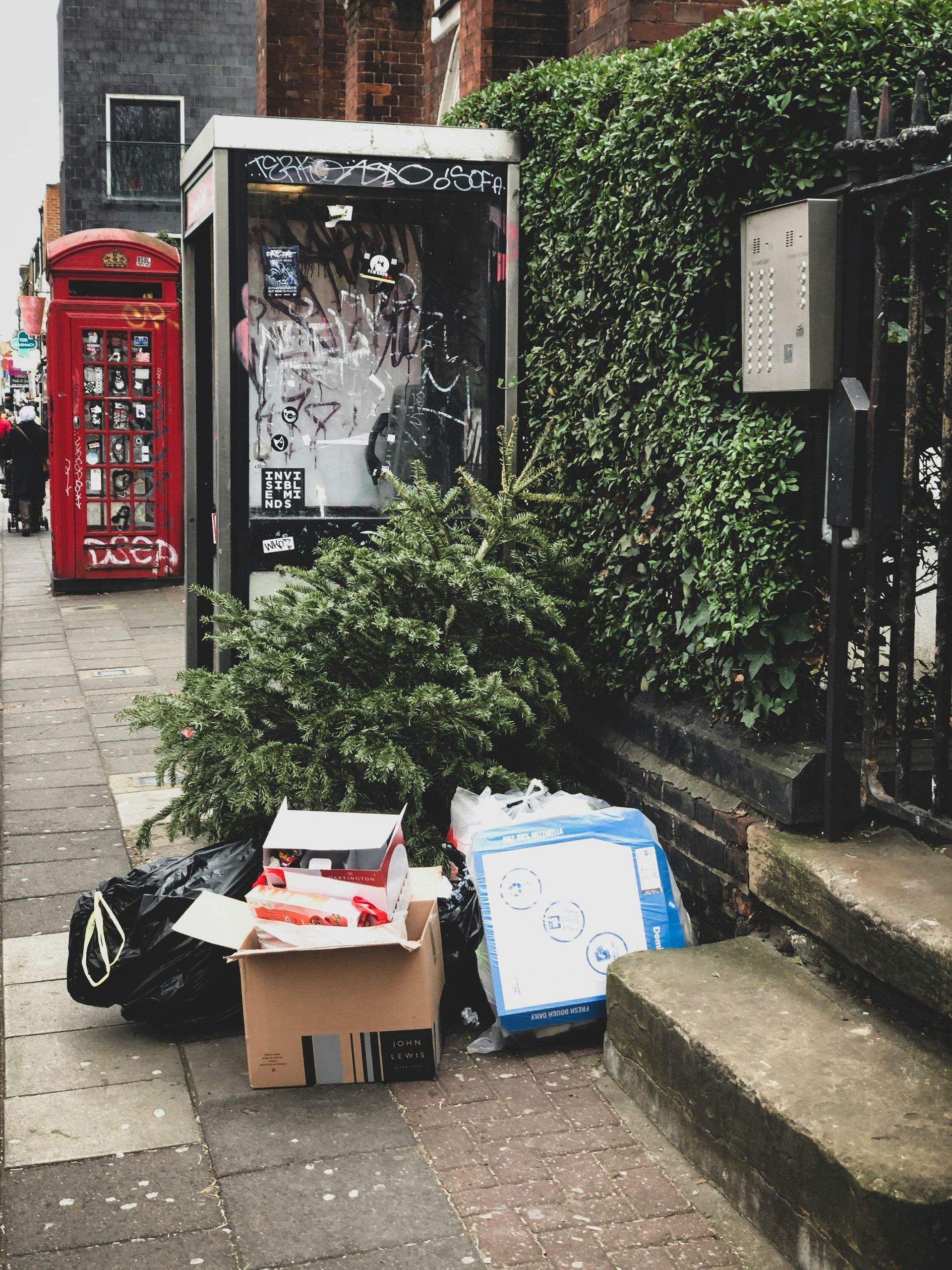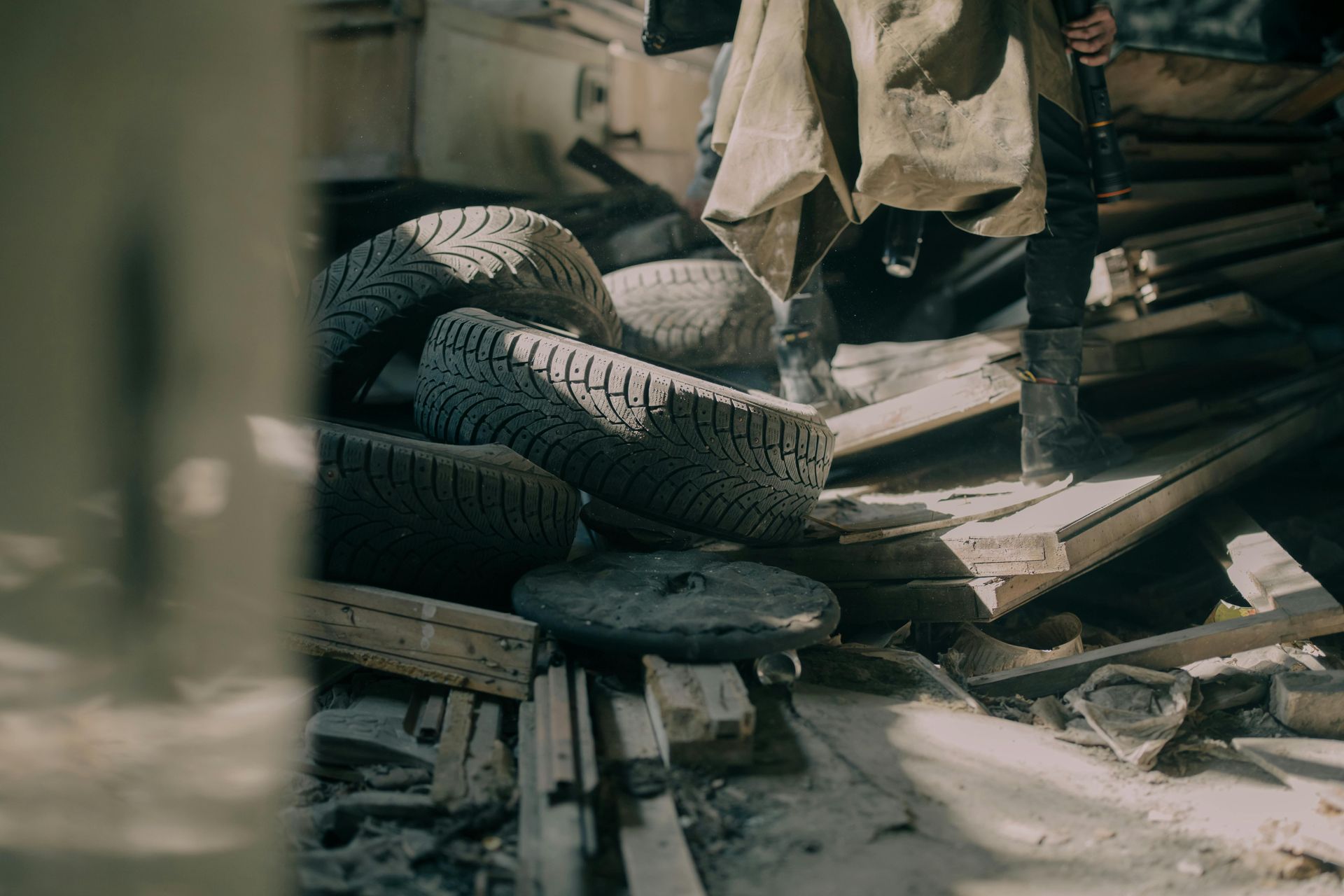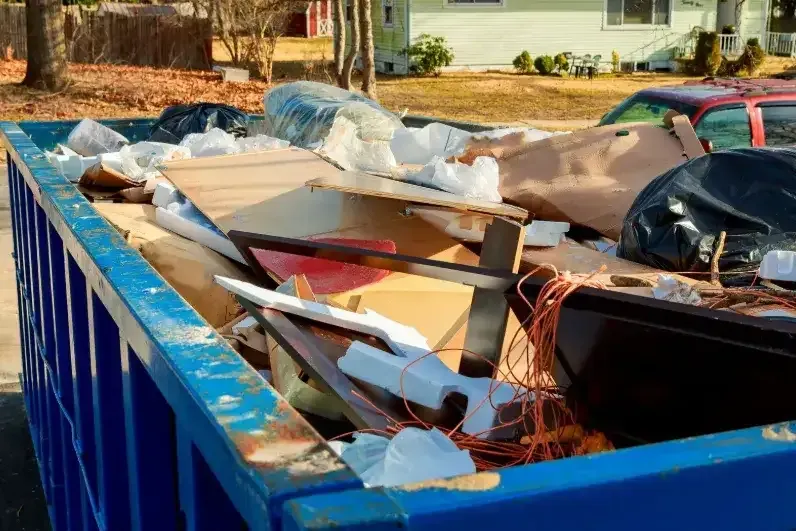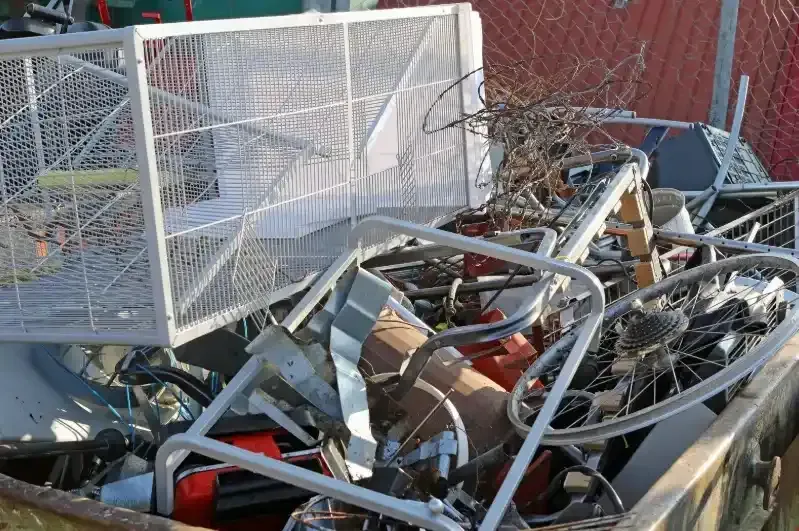Carpet Removal: A Step-by-Step Guide
Carpet removal may appear daunting at first, but with the right strategy and tools, it becomes a straightforward and satisfying process. Whether you're upgrading to sleek hardwood, durable tile, or fresh new carpeting, removing old, worn-out flooring is the first crucial step in transforming your space. Beyond aesthetics, carpets can trap allergens, dust, and odors over time, making removal an essential choice for a healthier home environment.
This guide breaks down the process, from gathering the necessary tools to safely detaching and disposing of carpet and padding. You'll learn efficient techniques for tackling stubborn tack strips and staples while ensuring minimal damage to the subfloor. Whether you're a hands-on DIYer or considering professional assistance, understanding the step-by-step approach ensures you make informed decisions.
Understanding the Impetus for Carpet Removal
Carpets add comfort, insulation, and style to a home, but they don’t last forever. As the years pass, they accumulate dust, allergens, pet dander, and stains that can be nearly impossible to remove, even with deep cleaning. Persistent odors may linger, especially in homes with pets or high foot traffic, making the space feel less fresh despite regular maintenance. Beyond cleanliness concerns, old carpets can harbor mold or mildew, particularly in humid environments or areas prone to spills. These hidden issues pose potential health risks, especially for those with allergies or respiratory conditions.
Additionally, wear and tear become more noticeable over time—flattened fibers, frayed edges, and unsightly stains can detract from a room’s overall appeal. Whether you’re seeking a healthier home environment, refreshing the look of your space, or preparing for a flooring upgrade, recognizing the signs of a carpet past its prime is essential. Removing and replacing it can dramatically transform your home, improving both its aesthetics and functionality.
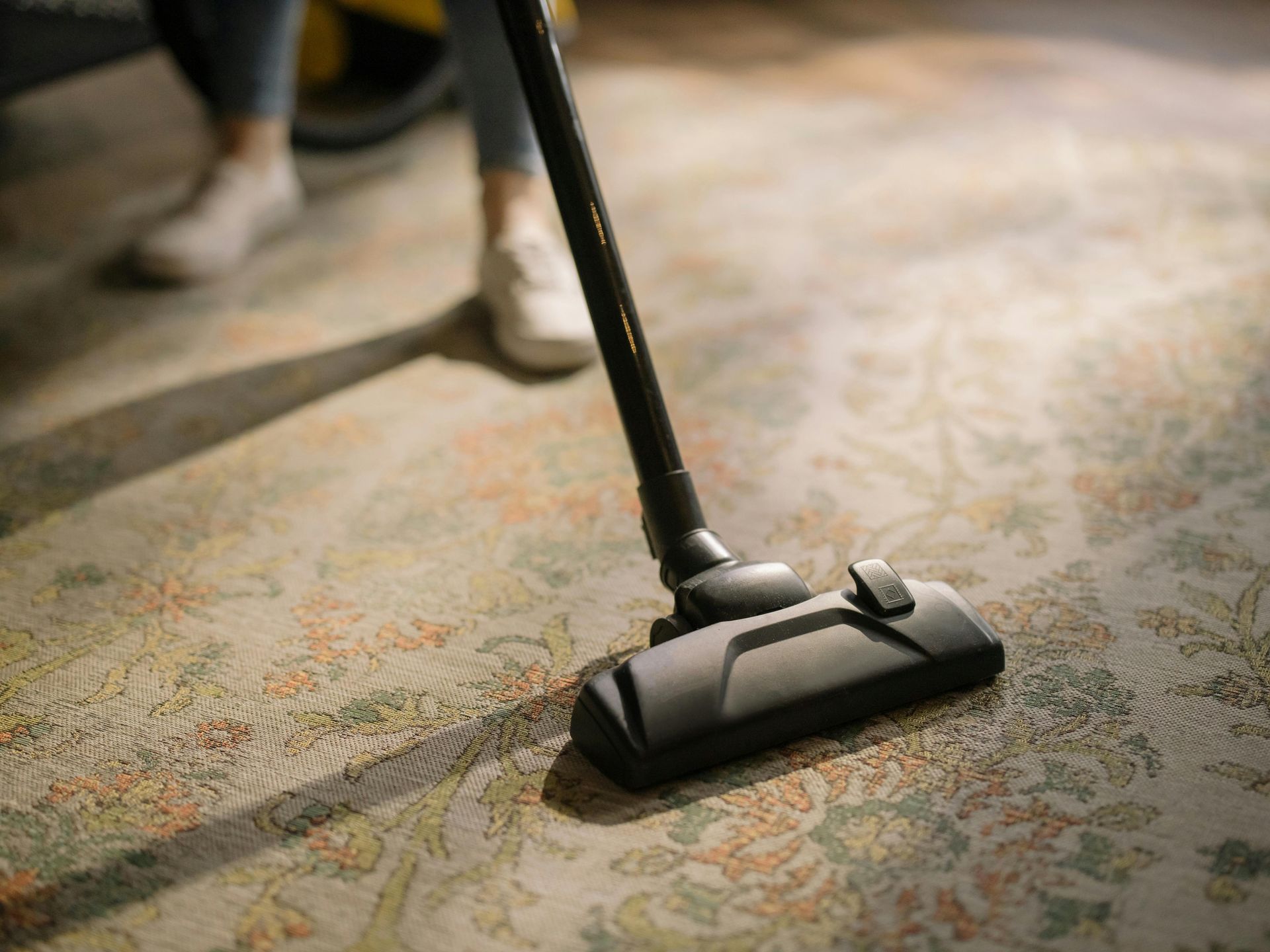
Assembling Your Arsenal: Tools and Preparations
Before diving into the removal process, equipping yourself with the appropriate tools is essential. A utility knife with a sharp blade becomes your best ally, allowing precise cuts through the carpet and padding. Pliers assist in gripping and pulling stubborn staples, while a pry bar proves invaluable for lifting tack strips. Safety gear, including gloves, knee pads, and protective eyewear, safeguards against potential hazards, ensuring the process remains injury-free.
Preparation extends beyond tools. Clearing the room of furniture and personal items creates an unobstructed workspace. If the carpet extends beneath baseboards, consider their removal to facilitate seamless extraction. This preparatory phase sets the stage for a smooth and efficient removal process.
The Art of Carpet Extraction: A Step-by-Step Exploration
- Initiating the Process: Begin at a corner of the room, using pliers to grip the carpet and gently pull it away from the tack strip. This initial separation can be the most challenging, but once achieved, it paves the way for easier removal.
- Segmenting for Manageability: As you peel back the carpet, consider cutting it into smaller, more manageable sections. This not only aids in handling but also simplifies disposal. Aim for strips approximately three feet wide, ensuring they can be easily rolled and transported.
- Addressing the Underlay: Beneath the carpet lies the padding, often secured with staples or adhesive. Carefully remove the padding, being vigilant about extracting any remaining staples to prepare the subfloor for its next covering.
- Tack Strip Removal: These wooden strips, embedded with sharp tacks, anchor the carpet in place. Using a pry bar, gently lift and remove them, exercising caution to avoid injury from the protruding nails.
- Subfloor Inspection: With the carpet and padding removed, inspect the subfloor for any signs of damage, mold, or unevenness. Addressing these issues now ensures a solid foundation for whatever flooring you choose next.
Navigating the Disposal Dilemma
Once the carpet is pulled up, the next challenge is figuring out how to dispose of it responsibly. Standard trash collection services may not accept large rolls of carpet, so researching local disposal regulations is a crucial step. Many municipalities offer bulk waste pickup, but scheduling and requirements vary. Some recycling centers accept carpets, repurposing them into new products like composite materials or insulation, making this a more environmentally friendly option.
For those seeking a hassle-free approach, professional junk removal services can be a practical solution. These services ensure the carpet, padding, and even tack strips are disposed of properly, saving you time and effort. Another option is repurposing the carpet for other uses, such as garage floor insulation, pet bedding, or outdoor mats. Finding the most suitable disposal method depends on local regulations, environmental considerations, and personal convenience.
Contemplating Professional Assistance
While a DIY approach to carpet removal can save money, hiring professionals offers efficiency and expertise. Professionals have the tools and experience to remove carpeting quickly, minimizing the risk of damaging the subfloor or adjacent walls. They can also handle difficult situations, such as glued-down carpet or hazardous mold growth beneath the flooring.
Another advantage of hiring experts is their ability to assess the subfloor’s condition. If repairs are needed before installing new flooring, professionals can provide guidance or even perform necessary fixes. The time and effort saved by outsourcing the job can be well worth the investment, particularly for homeowners unfamiliar with demolition work. Before hiring a service, obtaining quotes and checking reviews ensures you choose a reputable provider.
Financial Considerations: Budgeting for Removal
The cost of carpet removal varies depending on factors such as room size, carpet condition, and whether professionals are hired. A DIY removal generally costs less, with expenses limited to tool purchases or rentals and potential disposal fees. However, homeowners should budget for unexpected costs, such as subfloor repairs, which can arise after removal. If the carpet has been glued down or is heavily stapled, additional effort and tools may be required, slightly increasing the overall cost.
For those opting for professional services, prices typically range from $1 to $3 per square foot, depending on the complexity of the job. Some companies bundle removal and disposal services, potentially offering better value. Homeowners should also consider the cost of replacing the carpet with new flooring, whether it’s hardwood, tile, or fresh carpet.
Safety: The Paramount Priority
Carpet removal, while seemingly straightforward, presents several safety risks that must be addressed. Old carpets often harbor dust, allergens, and even mold spores, making masks and proper ventilation essential to protect respiratory health. Sharp tack strips, nails, and cutting tools pose injury hazards, so wearing durable gloves and protective eyewear helps prevent cuts and punctures. Additionally, knee pads reduce strain when working on the floor for extended periods.
Proper lifting techniques are also crucial, as rolled-up carpet sections can be deceptively heavy. Bending at the knees rather than the waist minimizes the risk of back injuries. If removing carpet from multiple rooms or large areas, taking breaks and staying hydrated can prevent fatigue-related accidents. Awareness and precautionary measures ensure a safer and smoother removal process, reducing the likelihood of injuries or setbacks.
Post-Removal: Paving the Way Forward
Once the carpet and padding are removed, the subfloor is revealed, presenting the opportunity for necessary repairs or improvements. Checking for nails, staples, or damage is essential before installing new flooring. Uneven surfaces may require sanding or patching, especially if transitioning to hardwood or tile. Taking the time to properly prepare the subfloor ensures a long-lasting and professional-looking final result.
Choosing the next flooring material depends on personal preference, budget, and lifestyle. Hardwood offers elegance and durability, while laminate provides a cost-effective alternative with a similar aesthetic. Tile is ideal for moisture-prone areas, while new carpeting delivers warmth and comfort. Regardless of the choice, proper preparation following carpet removal sets the stage for a seamless installation, enhancing the home’s overall appeal and functionality.
Removing Carpet the Right Way A Complete Guide to a Hassle-Free Process
Carpet removal may seem like a tedious and labor-intensive task, but with the right approach, it can be surprisingly straightforward. Whether you're upgrading to sleek hardwood floors, installing fresh carpeting, or opting for a modern laminate alternative, knowing how to remove the old carpet efficiently is crucial. Tackling the process without a clear plan can lead to unnecessary frustration, extra costs, and even potential damage to your subfloor. By following a well-structured method, you can ensure that the removal process is smooth, safe, and hassle-free.
Understanding the challenges that come with carpet removal is the first step toward success. Worn-out carpets often hide years of accumulated dust, allergens, and sometimes even mold, making the removal process a vital step in improving indoor air quality. From carefully pulling up the edges to handling stubborn tack strips, each stage requires attention to detail. With the right tools, techniques, and preparation, you can transform your space effortlessly and make way for a fresh new look.
Conclusion
The journey of carpet removal, though detailed, presents an opportunity to refresh and transform your living space. Whether you are tackling this project on your own or seeking professional help, following a structured approach ensures efficiency and minimizes stress. Having the right tools, preparing adequately, and implementing safety measures will make the process far more manageable. Removing an old carpet not only enhances the aesthetics of your home but also improves indoor air quality, eliminating accumulated dust, allergens, and trapped odors. With proper disposal or recycling, you can ensure an environmentally responsible transition to your new flooring.
For residents of Gwinnett County who prefer a hassle-free experience, Lasso & Load Junk Removal offers expert carpet removal services tailored to your needs. Their professional team ensures that every step of the process is handled with precision and care, from lifting the carpet to responsible disposal. Skip the heavy lifting and potential risks—let the experts do the work for you. Call 404-227-2017 or email Lauren.renwickk@gmail.com today for reliable and efficient carpet removal services.
